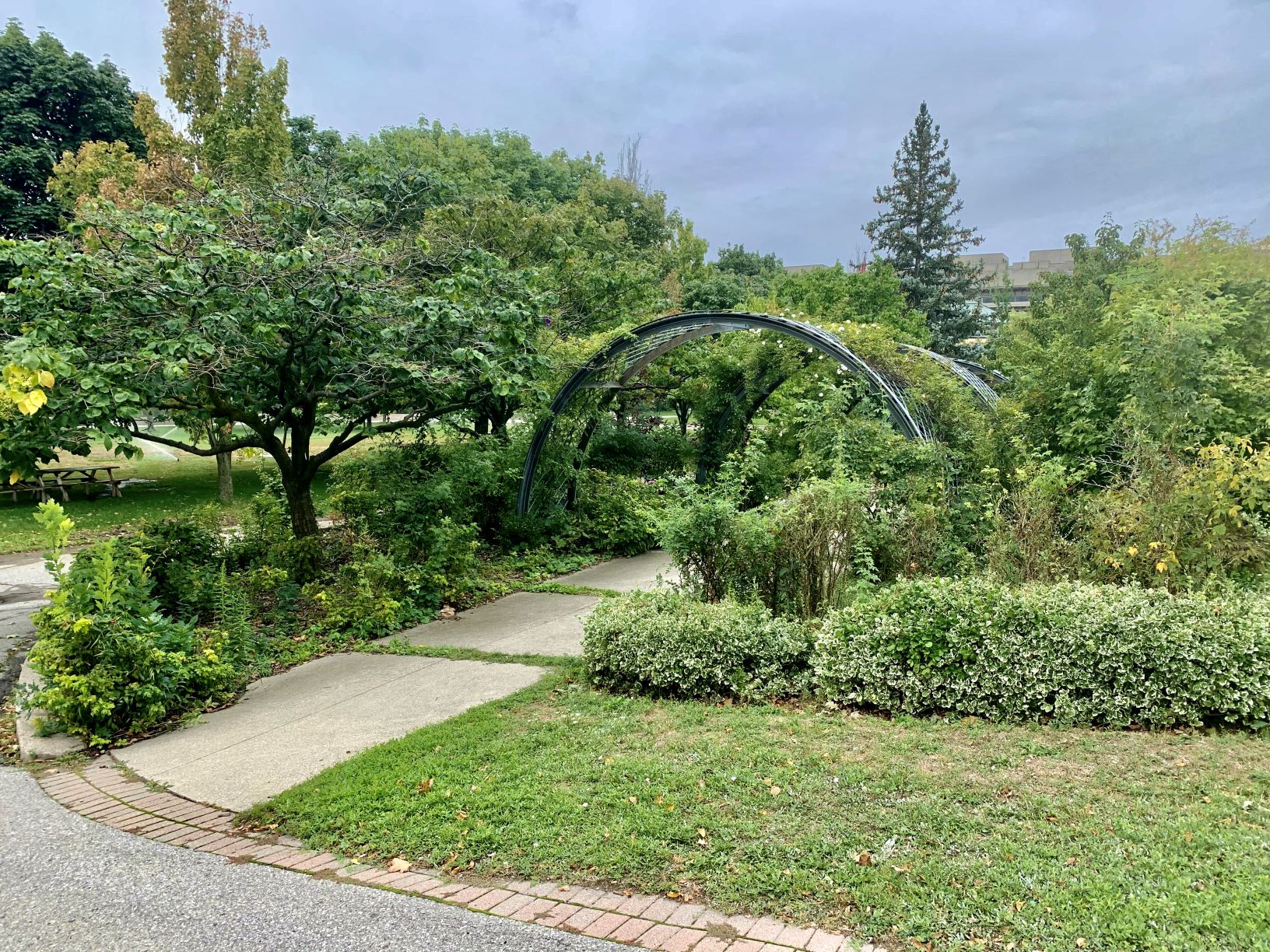During the COVID-19 pandemic, despite implementing strategies like social distancing and self-quarantine to protect our physical health, the solution has created problems of its own for our mental well-being.
One of the main issues is concern over the public’s mental health being negatively impacted by social isolation—the impact further exacerbated by the length spent in isolation and housing conditions.
Vanier Scholar and PhD Candidate at York, Nadha Hassen, commented on the current pandemic as having “created a perfect storm for negatively impacting my mental health. I know that I am not alone in this.
“There are many individuals navigating chronic health issues alongside fears of what it would mean to get COVID-19, how to safely access necessary resources like groceries and prescriptions and the serious financial implications of this pandemic,” says Hassen.
Conditions like small apartments and poor natural light are crucial factors in how heavily someone’s mental health might be affected.
It’s been reported that the possible effects of isolation include increased risk of depression, suicidal thoughts, and risk of early mortality.
With most options for socializing still barred or banned, people have turned to the only outlet left: green space. Getting outside and visiting a patch of green has been found to have many positive effects on mental health and is considered essential in urban planning: “In fact, the human-nature connection is so powerful that it has been coined Vitamin G, an essential component to wellness.”
Some of the positive effects of green space interaction include “decreased aggression, improved personal resilience, and reduced stress.” The outdoors are also an ideal environment to engage in physical activity—which releases endorphins into the brain—and social connections.
A study conducted by Aarhus University in Denmark had recorded profound effects of green space exposure throughout childhood. This was found to be as important as family history when it came to reducing the risk of psychiatric disorders. Socio-economic status was found to be only slightly more of an indicator in predicting mental health outcomes.
Exercising outdoors is better at relieving stress than indoor activity.
“It can encourage exercise, provide spaces for socializing, decrease noise and air pollution, and improve immune function by providing exposure to beneficial microbiota. It also can help with psychological restoration; that is, green space provides a respite for over-stimulated minds,” wrote Laura Rocchio et al.
The study also shows that “city living can increase the risk for some psychiatric disorders.” However, cities are also impacted by the infection most severely and urban communities have less green space, especially when compared per capita.
A study conducted by the University of Milano, Italy, has shown that the housing conditions have an affect on the state of mental health. Conditions like small apartments and poor natural light are crucial factors in how heavily someone might be affected.
Several gyms and fitness centres have taken their business outside. Many classes are being taught in public parks, and whether intentional or not, it is a great way to improve mental well-being.
In fact, studies show that exercising outdoors is better at relieving stress than indoor activity.
To be exact, individuals should be spending 20 to 30 minutes sitting or walking in green space to optimize its benefits, according to Dr. Mary Carol Hunter’s study. This is accomplished through the reduction of the stress hormone known as cortisol.


